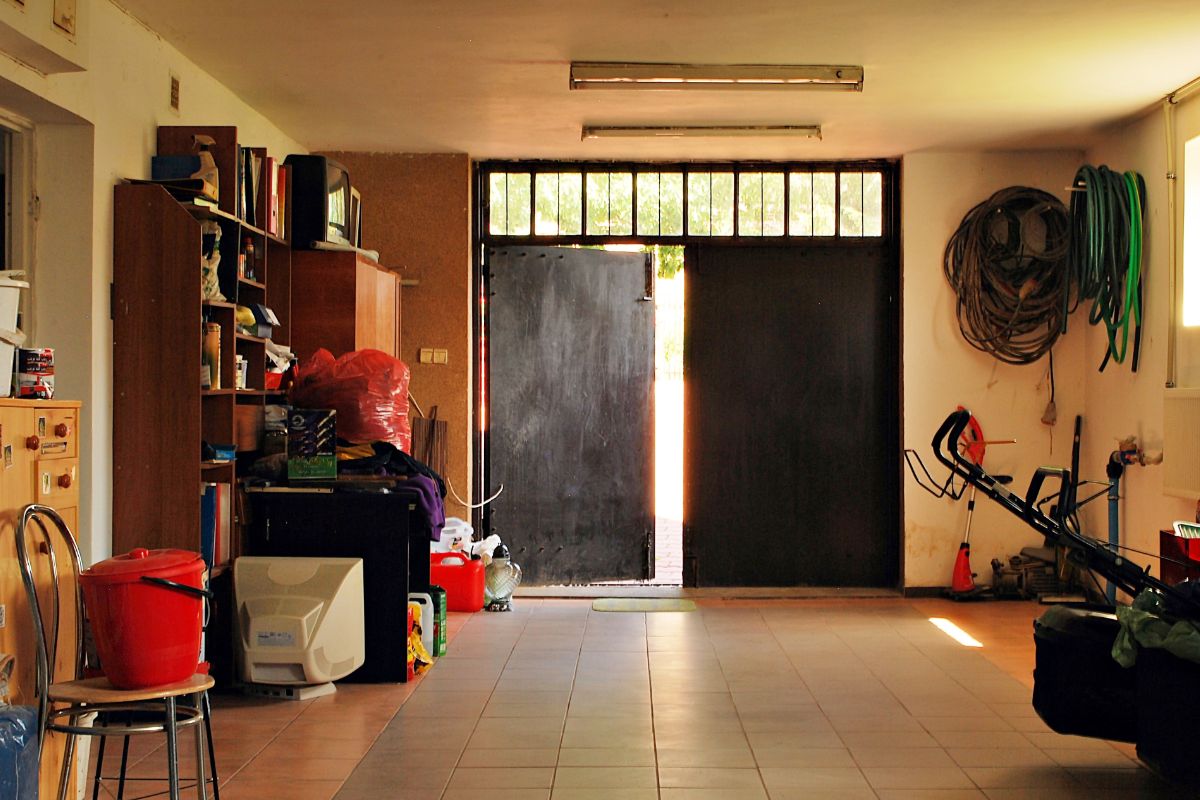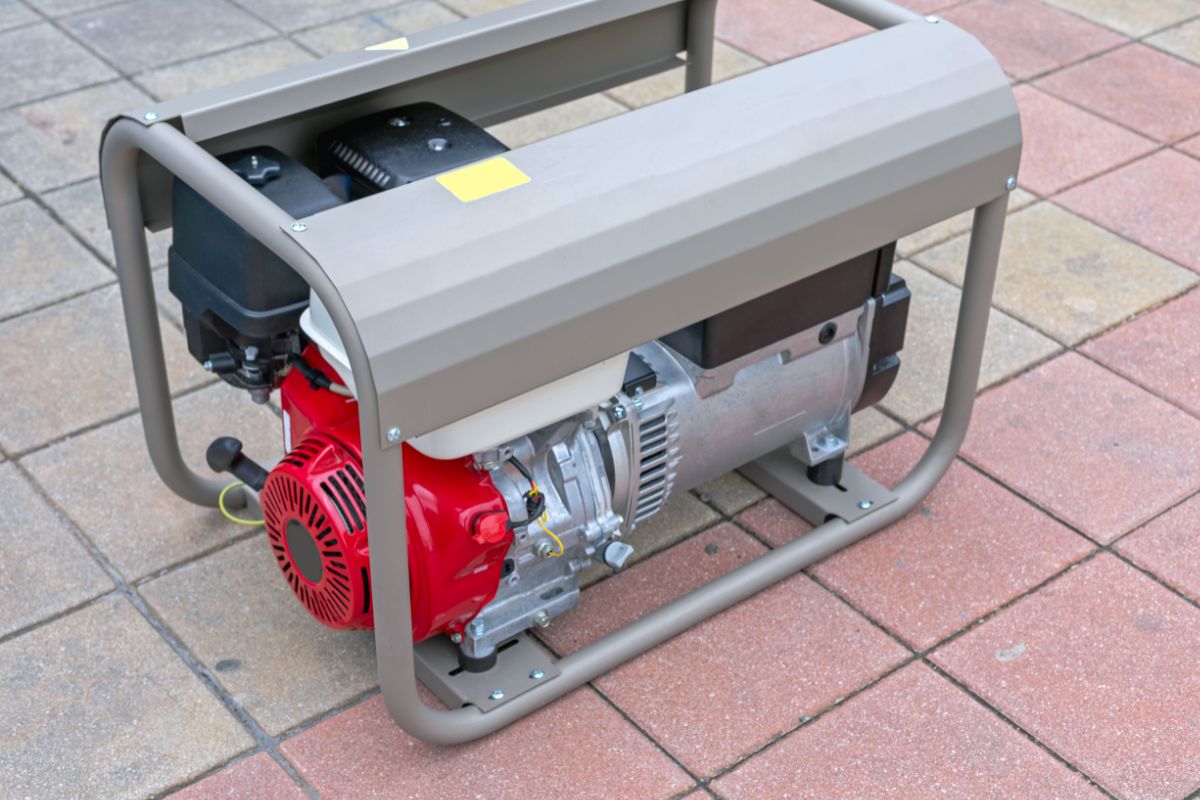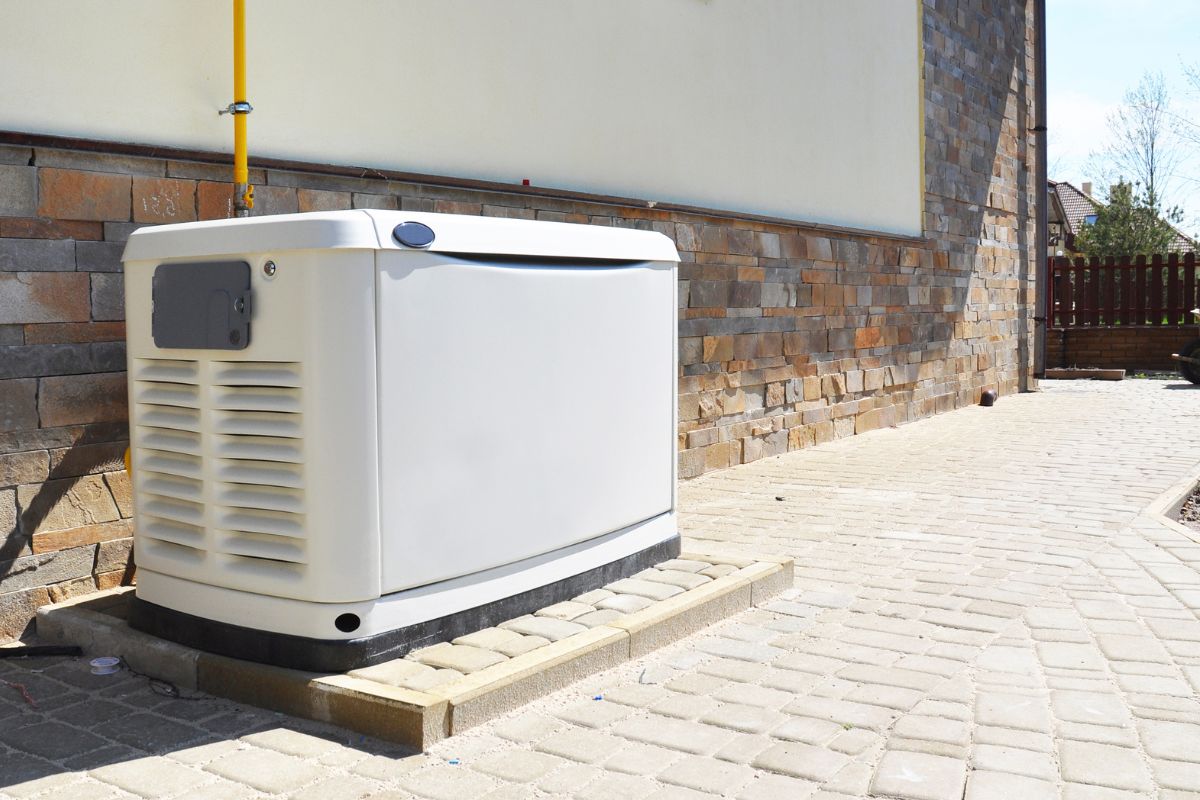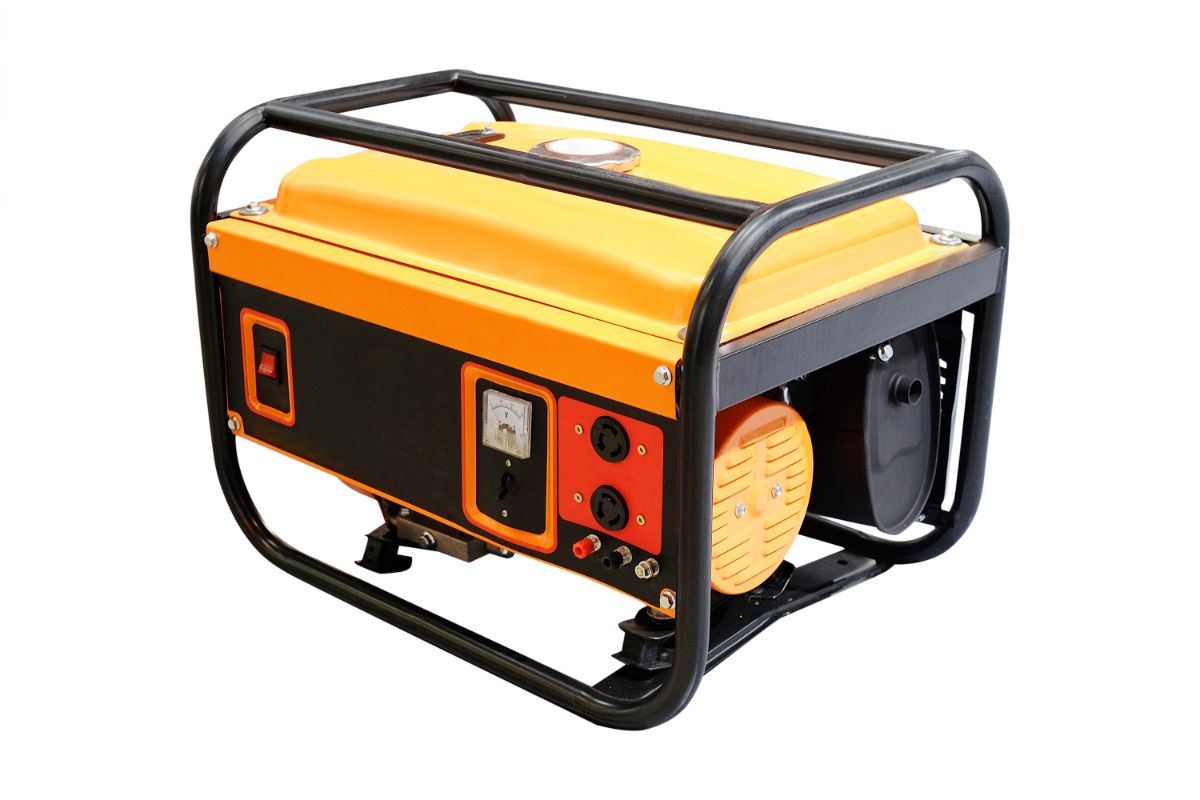The undisputed king of residential green energy is solar power, but we don’t all have the luxury of living in sunny climates that radiate with warmth all year round.
In fact, some of us live in pretty mixed or gloomy climates, which means a pricey solar setup isn’t going to pay off.

So, are we to just give up on our off-grid dreams and continue contributing to the rapid deterioration of both the ozone layer and our bank accounts? Heck no!
We need to simply diversify our green energy harvest and make that bad weather work for us!Home wind turbines can take that gray, blustery day and turn it into a goldmine of green energy!
Now, a wind turbine isn’t a typical purchase, so picking one can be a challenge, which is why I spent the last few weeks researching and testing them. Here are the best you can buy!
Best Home Wind Turbines: Reviews
OUR TOP PICK
Ninilady Vertical Wind Turbine
EDITORS CHOICE
BEST VALUE
OUR TOP PICK
Ninilady Vertical Wind Turbine
With its vertical orientation, this wind turbine from the folks over at Ninilady really breaks the mold.
Featuring three elegantly curved blades that can be purchased in four different colors, if you or your neighbors have any concerns about a turbine being an eyesore, then this is the one for you.
It’s a truly awesome design that beautifies rather than detracts from the landscape.
Despite only having three blades, their intelligent shaping means it can generate 600 watts in ideal conditions, making it perfect for small to medium-scale projects and green energy mission statements.
But it’s not just the output that these unique blades augment, but the running volume as well.
During my tests, the noise was imperceptible from even short distances — all I could hear were the birds a-singin’ and the bees a-buzzin’!
It’s mighty strong, too, as a triangular double fulcrum reduces wind pressure on the core structure in high winds without limiting the energy yield of the blades, giving it a wind speed range of 1.3 m/s to 40 m/s.
Pros
- Beautiful design — Will placate the fussy neighbors
- 1.3 m/s–40 /s wind speed range — Versatile enough for many locations
- 600 watt output — Powerful for a three-blade turbine
- Volume — Intelligent fulcrum design keeps running volume at a minimum
Cons
- Price — It’s quite expensive for a 3-blade wind turbine.
Also available at DHGate.
EDITORS CHOICE
Tqing Wind Turbine
If you’re looking to maximize your energy yield on a budget, this Tqing offering should be a serious consideration.
Boasting not three, not five, not even six blades, but EIGHT, this thing is supposedly capable of generating up to 8000 watts.
Now, you may see the price-to-watts ratio and be a little suspicious… and you’re right to be.
During my tests, I couldn’t pull the advertised 8K, but it did outperform every other turbine on this list.
That said, It didn’t feel quite as robust as some of the others either, which isn’t to say it was fragile; despite being designed for relatively low wind speeds, the nylon fiber blades can certainly stand up to some stormy weather.
On the other hand, I have complete confidence in the aluminum alloy shell — it’s definitely tough!
My only real gripe with this turbine is that it doesn’t come with any sort of pole, so some aftermarket purchases are unavoidable.
Pros
- Dollar-to-watt ratio — Most bang for your buck
- Eight blades — Generate a lot of power even in low wind speeds
- Size — Low impact on the landscape
- Lightweight — Easy to manage during setup
Cons
- No stent — Not a complete turbine.
Also available at Dogsworld.
BEST VALUE
Dyna-Living Wind Turbine
A five-blade wind turbine has never had such a fantastic price tag!
And you’re looking at 100 watts per blade, giving you a total of 500 watts, making this a great starter wind turbine for those looking to dip their toes into residential renewable energy.
I also found during my tests that it’s remarkably quiet for a traditional horizontal design, so if you plan on installing it near your or a neighbors’ house, it won’t be keeping anybody awake on a windy night or wake anyone up on a blustery morning.
Crafted from nylon fiber, the blades are reasonably tough (more so than the Tqing turbine), and they have a pretty impressive thermal resistance range (-40°–80° C).
Unfortunately, this turbine doesn’t arrive with a mast pole, so you’ll have to budget for some aftermarket purchases, but it doesn’t disappoint once it’s up there!
Pros
- 5 blades — The extra blades help achieve that respectable 500 watt output.
- Solid design — It can handle high winds and extreme temperatures.
- Stator rotator — Reduces resistance torque to optimize power yield.
- Installation — Very simple to set up
Cons
- No pole — You’ll have to buy one separately which can slow installation down.
RUNNER UP
Pikasola Wind Turbine
If you’ve got a relatively large budget for your wind power project, I’d recommend checking out this Pikasola turbine.
With only three blades, it’s capable of generating a whopping 1000 watts of energy.
Pikasola says it’s designed to supplement a solar panel system, but you can accomplish a lot with this turbine working on its own.
It has a 2.5 m/s starting wind speed, which is nice and low, but for maximum efficiency, it needs winds around the 12.5 m/s (55.9 mph) mark.
Although you won’t get any extra energy from winds that exceed this rate, neither will they damage your turbine, as it’s designed to handle 40 m/s gales.
The blades are crafted from quality nylon fiber, and during my tests, they seemed about as sturdy as they come.
Although I haven’t spent years with this turbine, I’m confident the blades would hold their shape for decades.
Pros
- 1000 watt output — Perfect for larger wind power projects
- Installation — 3 blades means an easier setup
- 2.5 to 40 m/s wind speed — Suitable for a number of climates
- Robust design — It’ll last for decades.
Cons
- Price — It’s not the most expensive option out there, but it is the priciest on this list.
RUNNER UP
Pikasola Wind Turbine Kit
This Pikasola kit comes with everything you need to get your wind energy system up and running, including a charge controller, and despite the reasonable price tag, the turbine is built like a tank.
Featuring nylon/carbon fiber blades, it’s specialized to deal with particularly gnarly weather, and due to a low 2.5 m/s starting wind speed, it can produce plenty of energy on relatively calm days.
Rated for 12 V, this 5-blade setup puts out a maximum 400 watts, so it’s not going to power an emergency backup battery in record time, but it’ll certainly get there in the end.
I absolutely love this kit, but if I’m being picky, the included charge controller doesn’t seem all that well-built; however, considering the price tag, I can’t get too hung up on this one minor issue.
That said, I would budget for a replacement in the future.
Pros
- Kit — Everything you need to get started
- 2.5 starting wind speed — Generates power with very little wind or low elevation
- Price — This is an incredibly budget-friendly kit.
- 5 blades — Help to boost wattage
Cons
- Charge controller — Could be built better
Also available at Walmart.
Best Home Wind Turbines 2022 Buying Guide
Now that you’ve seen some of the best home wind turbines in the biz, let’s take a closer look at how I chose them, and what you should be thinking about when shopping around for your own.
Your Wind Energy Mission Statement
Although there are quality issues to navigate, your biggest challenge won’t be telling the good wind turbines from the bad, but those that suit your needs and those that don’t, which means you need to have a good idea of what those needs are before you start your search.
Give yourself a moment to think about what you want your miniature wind farm to be capable of.
Will you be trying to power a small backup battery in case of emergency, or are you looking to use the power in real-time to keep the lights on?
Are you going to power a select few appliances, or do you want to go big?
The more specific you can be with your goals, the easier it will be to find the perfect home wind turbine for you.
Wind Speed
The most productive wind turbines are big, tall beasts with incredibly large blades, but, generally speaking, turbines such as this are designed to excel in high winds.
If you’re mostly going to be dealing with light breezes, you’ll need something designed specifically for mild conditions.
To ascertain what sort of wind speed a wind turbine can function at, check the marketing copy for anything that mentions “start-up speed”.
Low wind speed turbines will operate at 5 mph or less, while anything with a start-up speed of 7 mph plus will be better suited to higher winds.
It’s also important to note that subjecting a low wind speed turbine to extremely high wind speeds may damage it, so be careful with your selection.
Typically, wind speed is measured in meters per second, which can be hard to understand as we’re so used to hearing everything expressed in miles, so I’d recommend using a conversion tool online to get a better idea of the wind speed specs of your prospective turbine.
To give you an idea of how the conversion works, every 4.5 m/s equates to 10 miles per hour.
Elevation
Wind turbines out in the wild are ridiculously large for a reason — There are no obstacles to steal any of that precious air turbulence, thereby optimizing their energy yield.
Now, most of us can’t exactly install a 4-story high wind turbine on our property without creating a bit of tension with the neighbors, but we can do our best to elevate a smaller one.
If you’ve got elevated land, use it! The wind will be more ferocious and unchecked by surrounding buildings or topography.
Alternatively, you can invest in a mast pole to extend a wind turbine stationed on low ground.
Maximum Power Output
Here’s where your mission statement is going to come in handy. As you might have guessed, different wind turbines generate different amounts of energy, measured in watts.
Many will generate between 400 and 600 watts, whilst some monsters out there can whip up 3000 watts like it’s nothing.
Although it’s tempting to go as high as you can afford, save yourself some money and some bother, and stick to what you need to accomplish your mission statement.
Figure out exactly how much energy you need, then look for a wind turbine that can meet those needs.
It’s best, however, to choose something with a little bit of headroom so that you still get energy in less-than-stellar weather conditions.
Voltage
Voltage is essentially the pressure that directs electrical current, so it’s essential that the source of the energy – a wind turbine, in our case – has a slightly higher voltage than the destination, i.e. our battery.
If there is a match or imbalance in the voltages in your system, it can limit charge potential and energy efficiency.
A general rule of thumb is to keep your source voltage 20–30% higher than the destination.
Blade Count & Size
Simply put, the more blades you have and the longer they are, the more energy the turbine will generate.
This shouldn’t be a prime concern, as the energy difference per blade or per cm in length will only have a fractional impact on the energy yield, but it’s something to bear in mind.
Most wind turbines designed for residential use will have 3 blades, but if you’re looking for a slightly larger energy draw, there are 5 blade ones available.
Materials
This is where a good eye for quality comes in handy. Common wind turbine materials include reinforced plastic, nylon, carbon fiber, and tempered fiberglass.
As you can imagine, the big turbines you see towering over the landscape when you’re driving on the freeway are composed primarily of steel, but it’s not such a practical material for residential turbines.
Although all of the aforementioned materials are incredibly robust, if you want your turbine to stand strong for years in the face of extreme weather, look for designs that blend some of these materials, as they tend to be more specialized structures.
Turbine Dimensions
Smaller wind turbines are perfect for installing on rooftops, giving them great altitude, and thus, optimal generation potential.
Larger, heavier wind turbines, on the other hand, will generate more power, but cannot be installed on structures, and should in fact be stationed away from buildings to prevent damage if the worst happens and they topple over.
Wind speed is another concern here. Lightweight, small turbines won’t be able to handle gale-force winds.
Best Home Wind Turbines: Frequently Asked Questions
Got time to blow through a quick FAQ segment with me? Fantastic; let’s dive right in!
How Difficult Is It To Install A Home Wind Turbine?
Installing a residential wind turbine isn’t as tricky as you might think, but there are certain things you need to get done first, such as scouting for a perfect spot and requesting permission to install the turbine there.
If you’ve ever installed a large clothes line, you can kind of think of it as an electrified version of that.
Depending on the size of your wind turbine, you may also need a spare pair of hands (or two).
Some companies will offer DIY installation courses, which I’d recommend taking if you’re feeling at all unsure about how to get your new acquisition up and running. Alternatively, you could just hire a professional to take care of business for you.
How Long Will A Home Wind Turbine Last?
Most quality home wind turbines will last a minimum of 20 years, but if you stick to a strict maintenance schedule and give your turbine the TLC that it deserves, you could tack an extra half-decade onto that service life!
How Long Before My Home Wind Turbine Pays For Itself?
Depending on the scale of your turbine operation and how much energy you typically use, as long as you get some good wind, your turbine could pay for itself after a year.
Then you’ve got a minimum of 19-years savings going straight into your pocket — nice!
When Should I Service My Home Wind Turbine?
The golden rule when it comes to residential wind turbine maintenance is to give it a good once over before every major change of season, but it’s a good idea to give it a tune-up before and after any particularly extreme weather conditions.
Final Thoughts
Wind power may not be the first thing that comes to mind when people think of residential green energy, but in the right location and climate, it can be an invaluable resource, helping you to save a small fortune on the energy bill over the years.
All you have to do now is decide which of my amazing picks is right for you, install it, and then every time the wind blows, it’s another penny in your pocket!











